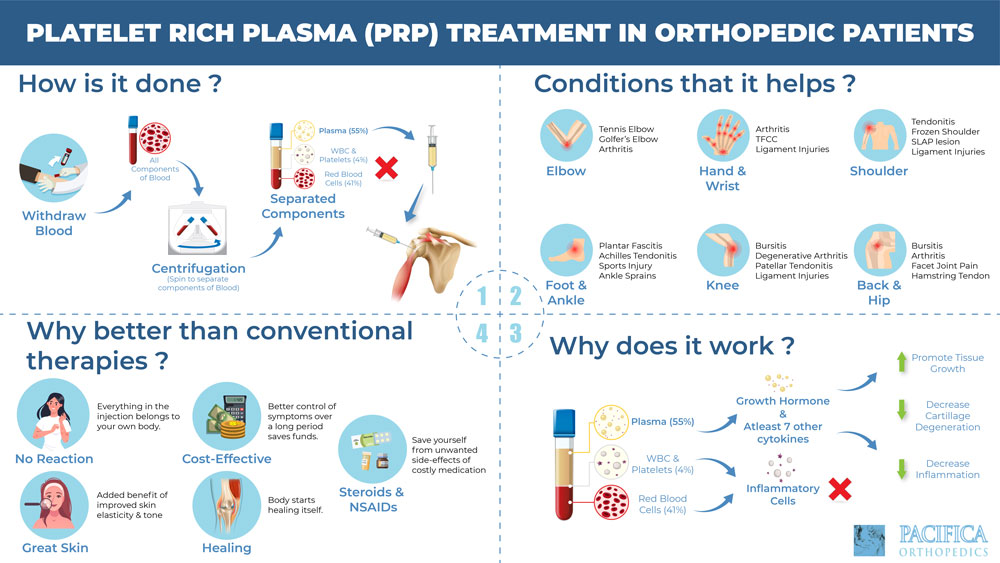Whiplash is not really a medical term but has somehow been incorporated in the medical lingo to describe neck injuries, especially those occurring in the neck muscles and ligaments due to vehicle collisions or sudden stops. It refers to a neck sprain. In many cases a whiplash occurs when there is a rear end vehicle collision. It is also a result of many sports related neck injuries.
The most common cause for whiplash neck injuries is a rear end vehicle collision. Normally, when a vehicle collides with another vehicle ahead, its force is transmitted to the vehicle in front. The same force is experienced by passengers inside the struck vehicle leaving them with a whiplash injury. In this case the neck will have been whipped back suddenly beyond its usual or allowed range of motion. When a passenger is suddenly jerked back due to a rear end vehicle collision, the upper and lower parts of his or her spine may also be pushed beyond normal range of motion. This kind of injury affects neck muscles and ligaments and is usually felt over twelve hours after it has occurred.
A whiplash injury is usually characterized by neck pains, an unrelenting headache, stiff neck, limited neck movements, and chronic neck pains. It should be noted that a head concussion suffered in a car accident does not constitute a whiplash injury.
According to findings of recent research, passengers in a vehicle that is involved in a rear end accident usually suffer greater whiplash injuries than those involved in other forms of car accidents. These findings were arrived at after using human volunteers in live crashes which showed how the neck is affected when a whiplash impact occurs. These findings have been very useful in studies aimed at treating whiplash injuries. It is important to have a whiplash injury checked by a medical profession lest it develops into a more severe neck injury.




0 Comments